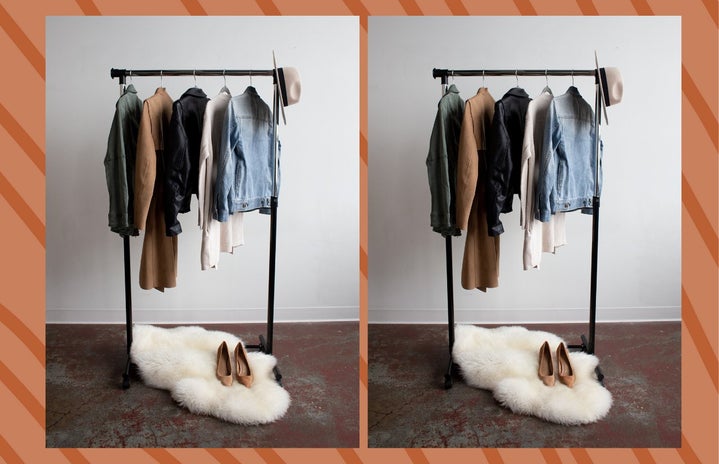Fast fashion has taken over the fashion industry. Big brands, such as Forever 21, gain more and more customers every day. Fast fashion refers to articles of clothing and accessories that are cheaply produced and priced, and it is a fairly recent phenomenon.
Because stores like Forever 21 are fast fashion companies, fast fashion is rapidly increasing due to the large consumer bases that these companies have. Many younger people are drawn to these temporary styles because they are able to afford these clothes since they are so cheaply priced. Unfortunately, not many are educated on the negative effects of fast fashion and continue to consume fast fashion on a daily basis.
As it turns out, fast fashion produces detrimental effects on our environment. Fast fashion companies are producing and restocking their stores every day, and, in turn, they are producing a lot of waste in the form of clothing and accessories. One of the biggest problems is that the styles that companies produce are temporary and are replaced frequently. Because of this, clothes are being thrown out constantly only to be replaced by new clothes that will also soon be thrown out.
Today, we are consuming 80 billion new articles of clothing, globally. This is 400% more than we were consuming just 20 years ago. On top of this, 85% of the clothes that we are consuming end up in landfills. This leads to some very serious environmental problems. Massive amounts of greenhouse gasses are produced and even larger amounts of energy and water are being used in the production of these clothes. Additionally, many articles of clothing produced by fast fashion companies are made of synthetic fibers, such as polyester, nylon, and acrylic. These synthetic fibers are essentially a type of plastic that is made from petroleum, which can take up to a thousand years to biodegrade!
Image Source: Min An from Pexels
So, what can we do? First, we can limit and reduce our consumption from fast fashion companies. Instead, we can shop from ethical and sustainable brands like Reformation, Everlane, and Levi’s Waterless. While some sustainable companies can be pricey, this will force us to choose quality over quantity and we will really think about whether or not we will wear something before we buy it. By simply changing which brands we shop, we can create a huge impact on our environment.
We can also upcycle articles of clothing that we already have. Take a look into your closet and pull out items that you only wore once or twice or no longer wear and figure out why you no longer wear them. Then, upcycle them! Create new figures or completely new articles of clothing from old pieces that are lying around in your closet. Or, if you are not able to upcycle your clothes, consider donating them. Pack up your lightly used or unused clothes into a box and bring them to your local Goodwill, Salvation Army, or thrift store. Someone will be happy to wear the clothes that you may no longer be interested in.
Conversely, we can also try thrift shopping ourselves. I have found some of my favorite pieces at thrift stores-pieces that I now wear daily that could have ended up in the landfill. Shopping sustainable brands, upcycling and donating our unused clothing items, and heading to our local thrift shop are small things that can create big changes.
We should all be educating ourselves about the stores that we shop from and the effects on our environment that our shopping choices can produce. Reducing our consumption from fast fashion companies is the first step in reducing textile waste that is overtaking the landfill. Because fast fashion is such an impactful factor in creating our ecological footprint, we must make changes in the fast fashion industry in order to help our environment. Next time you decide you need some new clothes, consider where you will go to get them.
Image Source: Pexels



